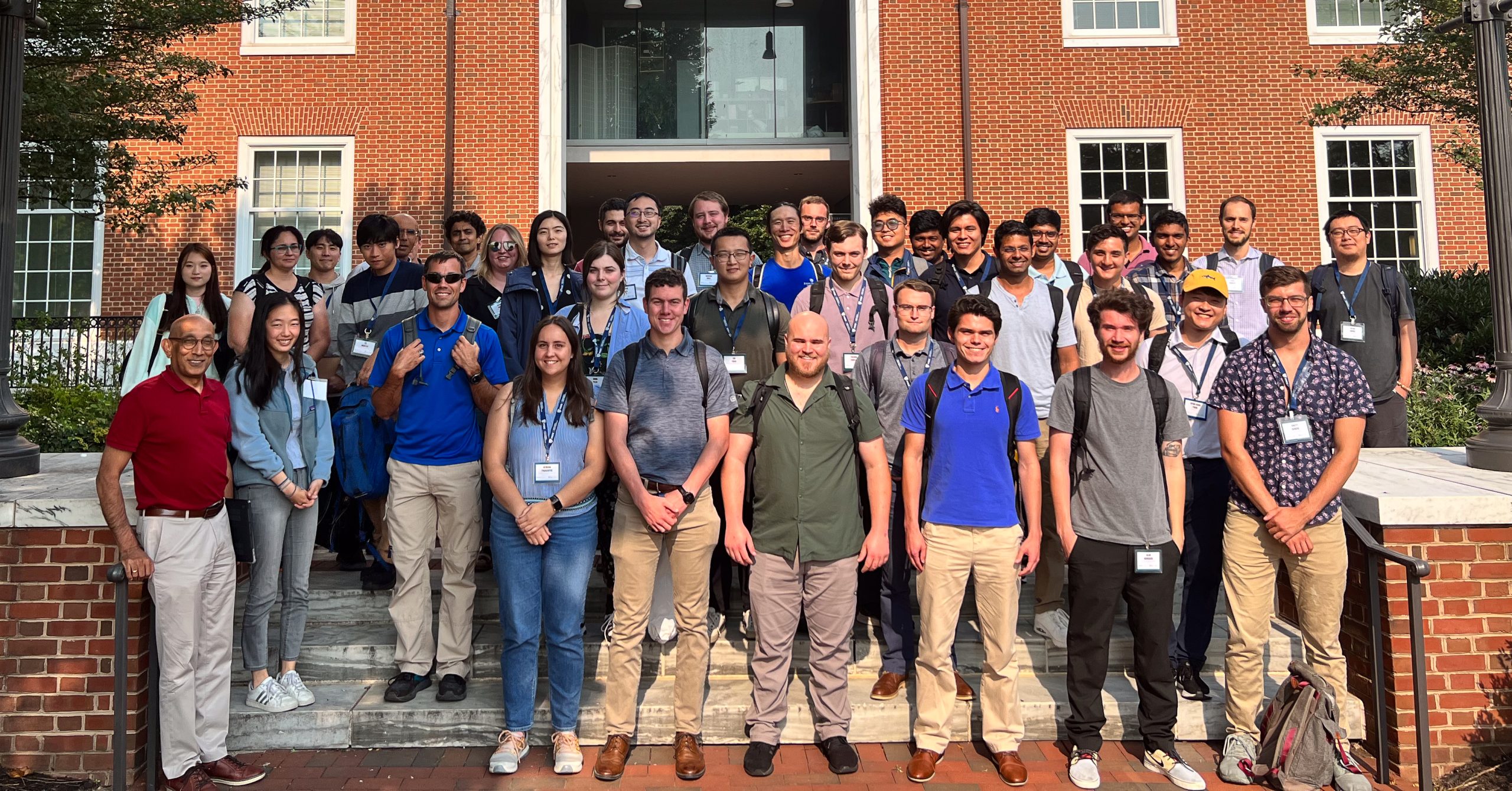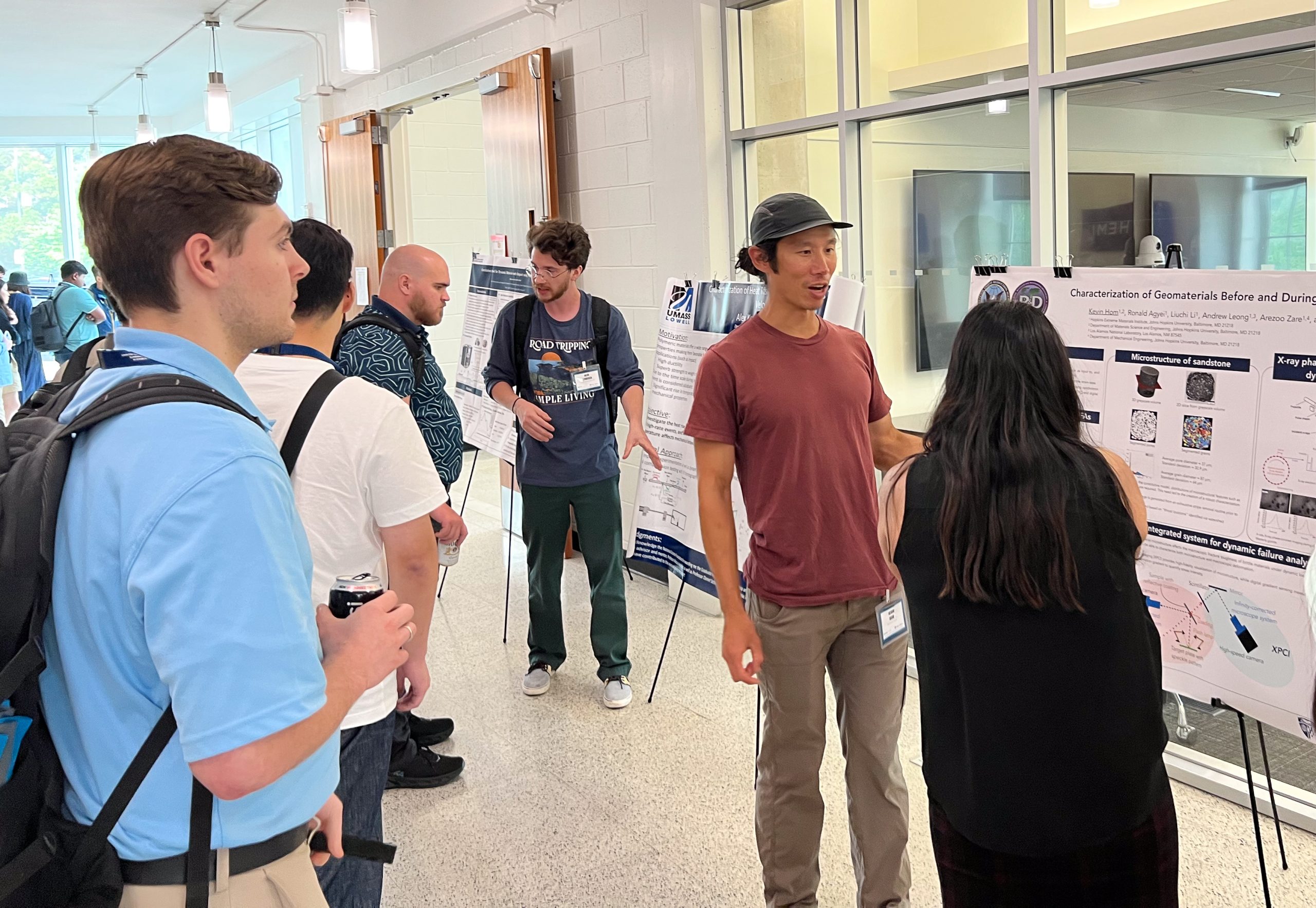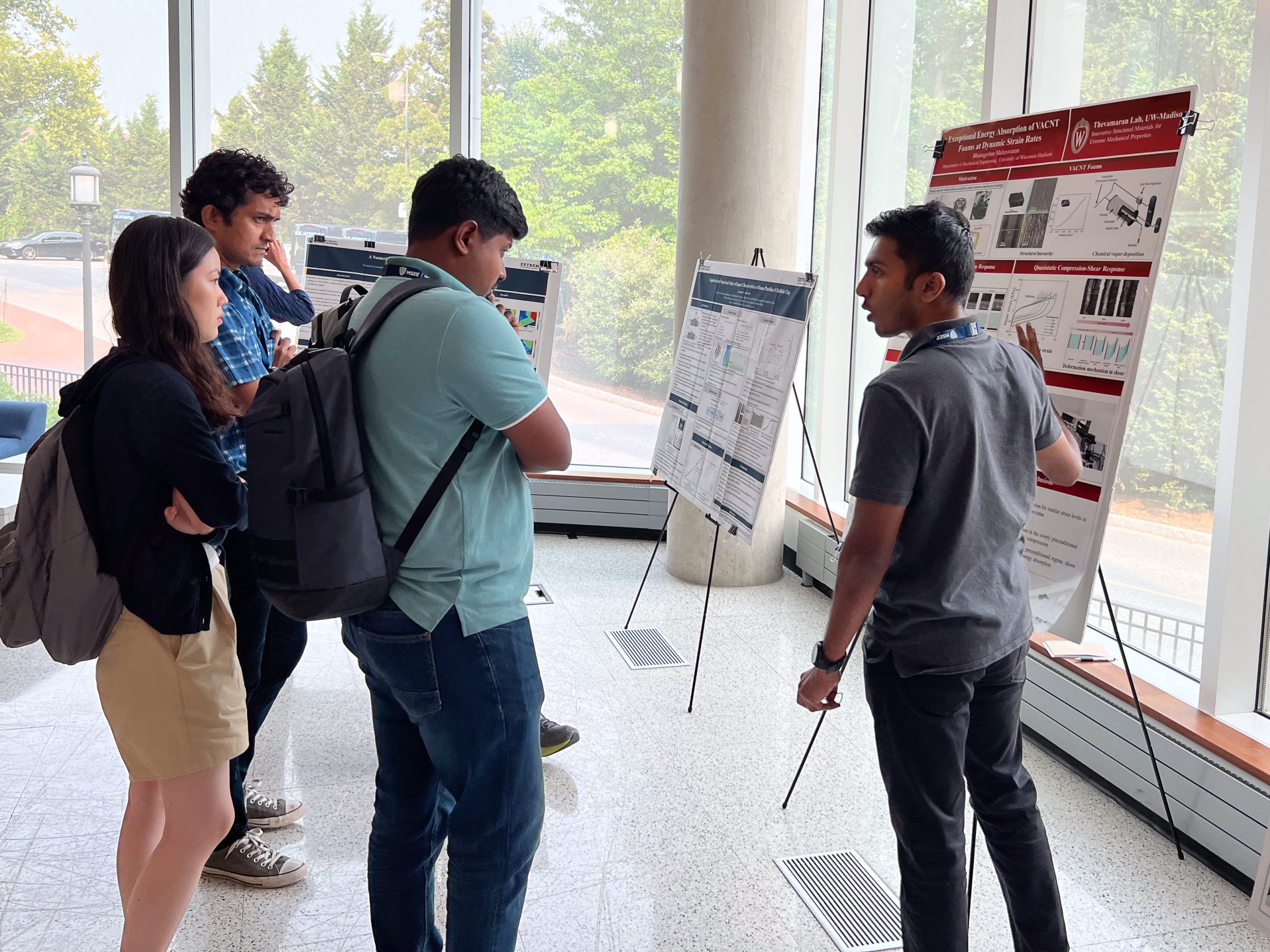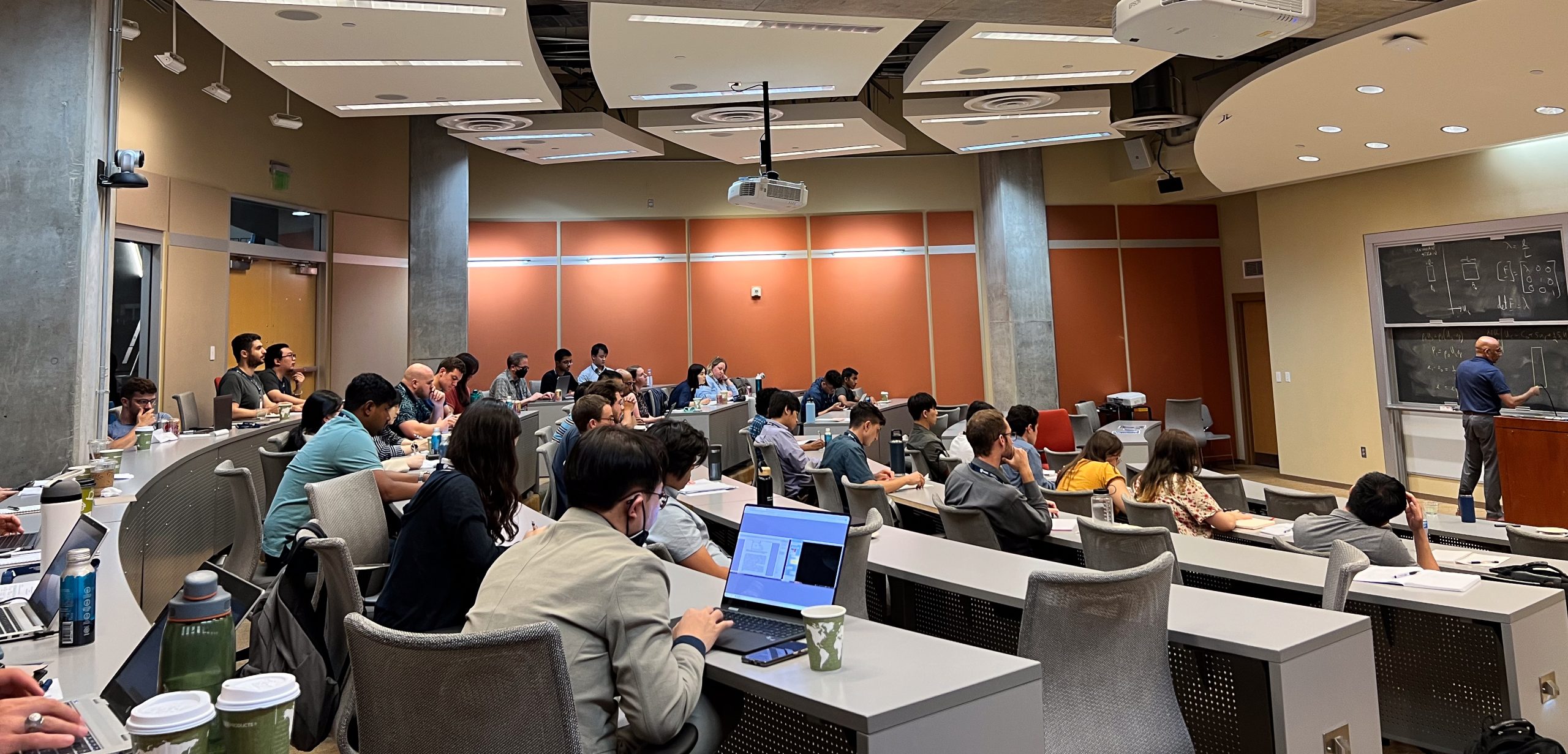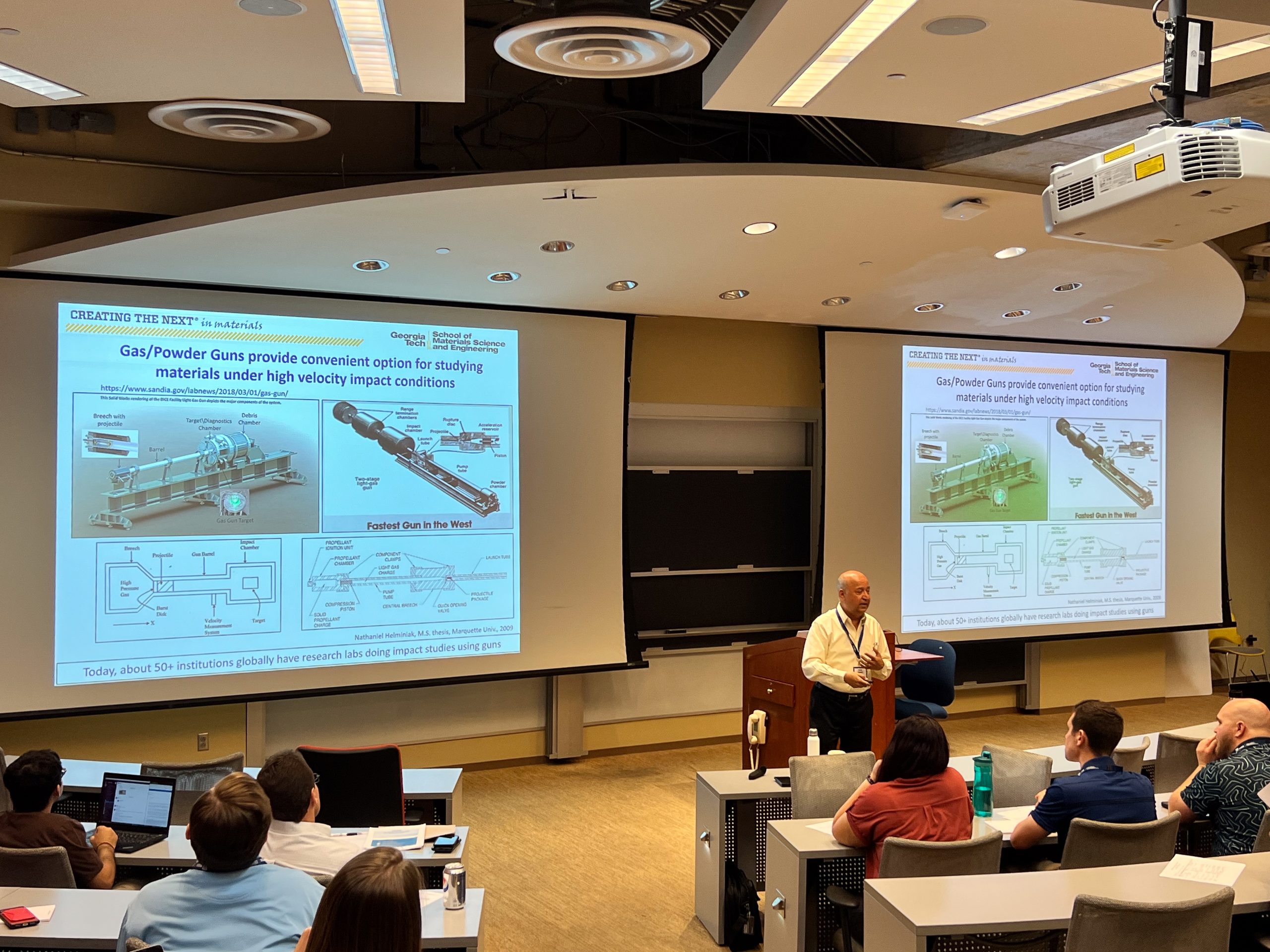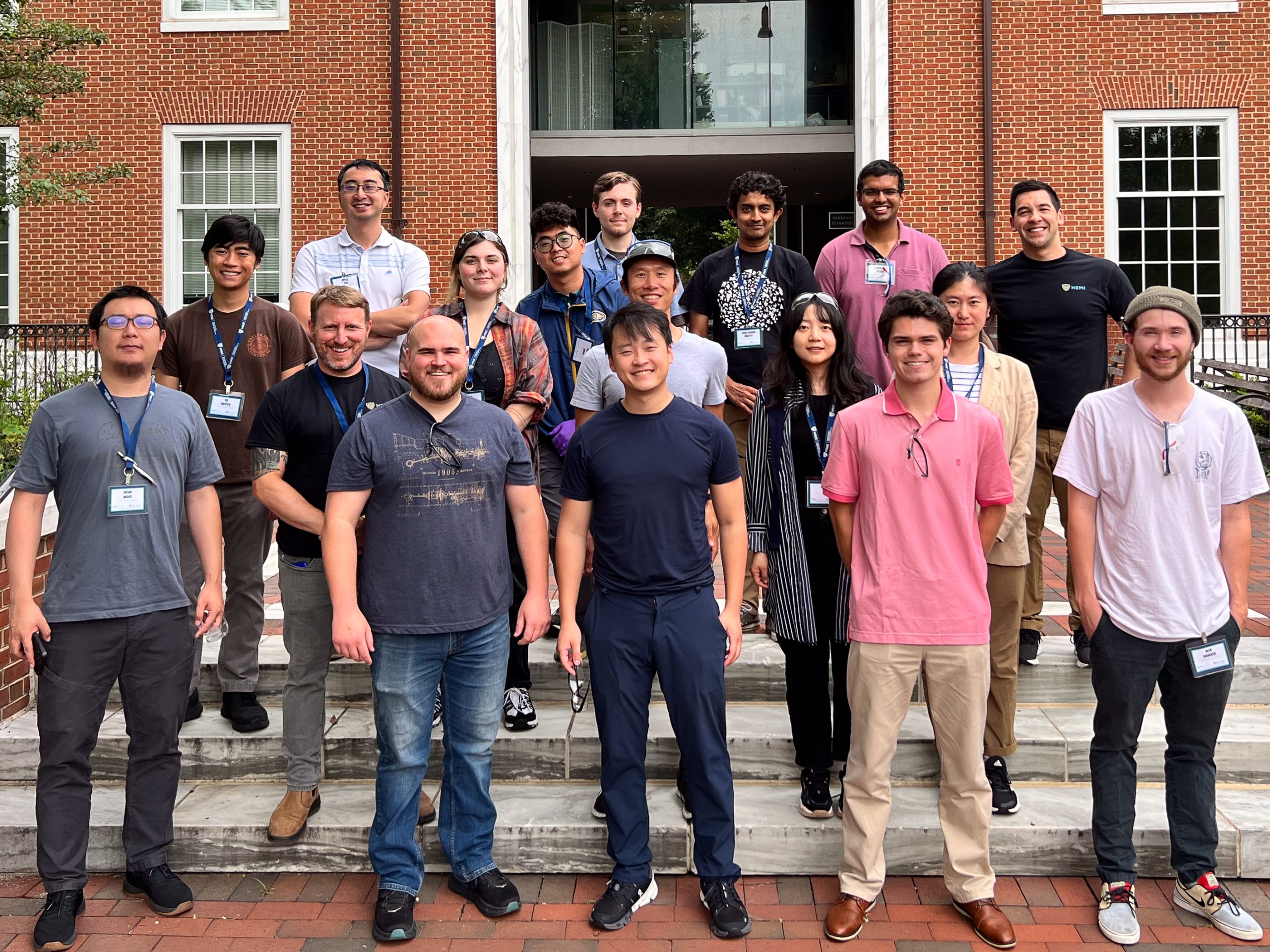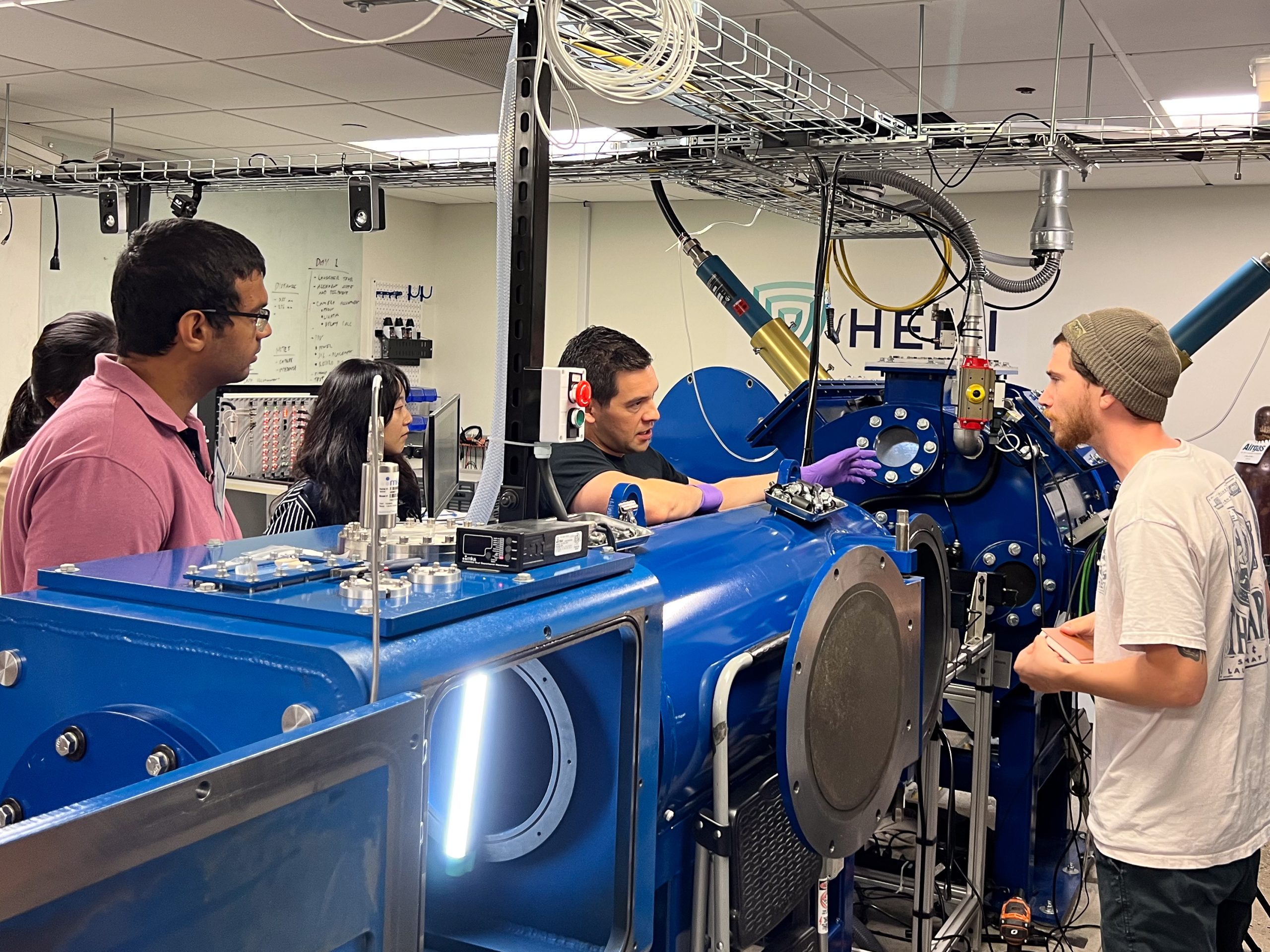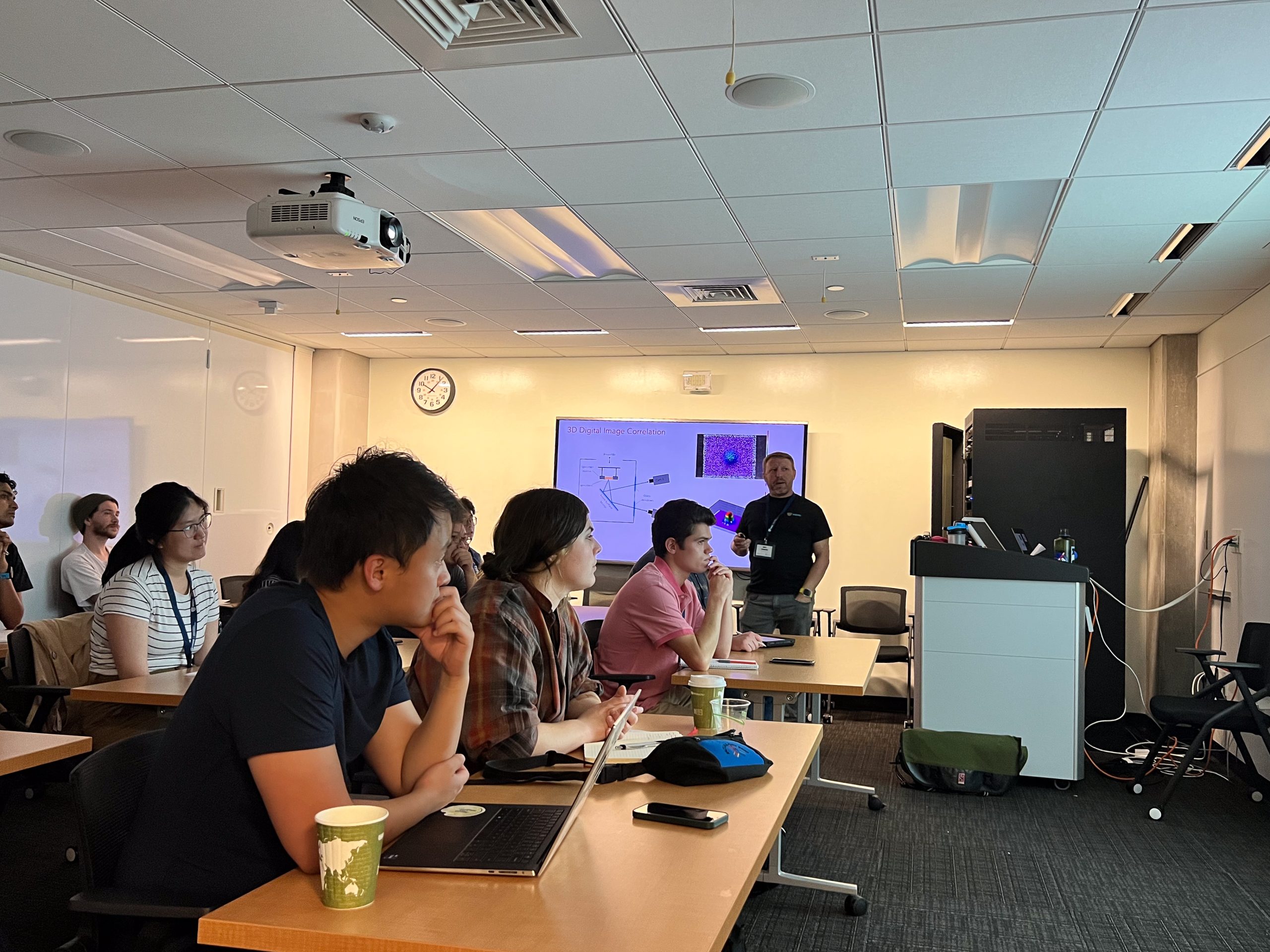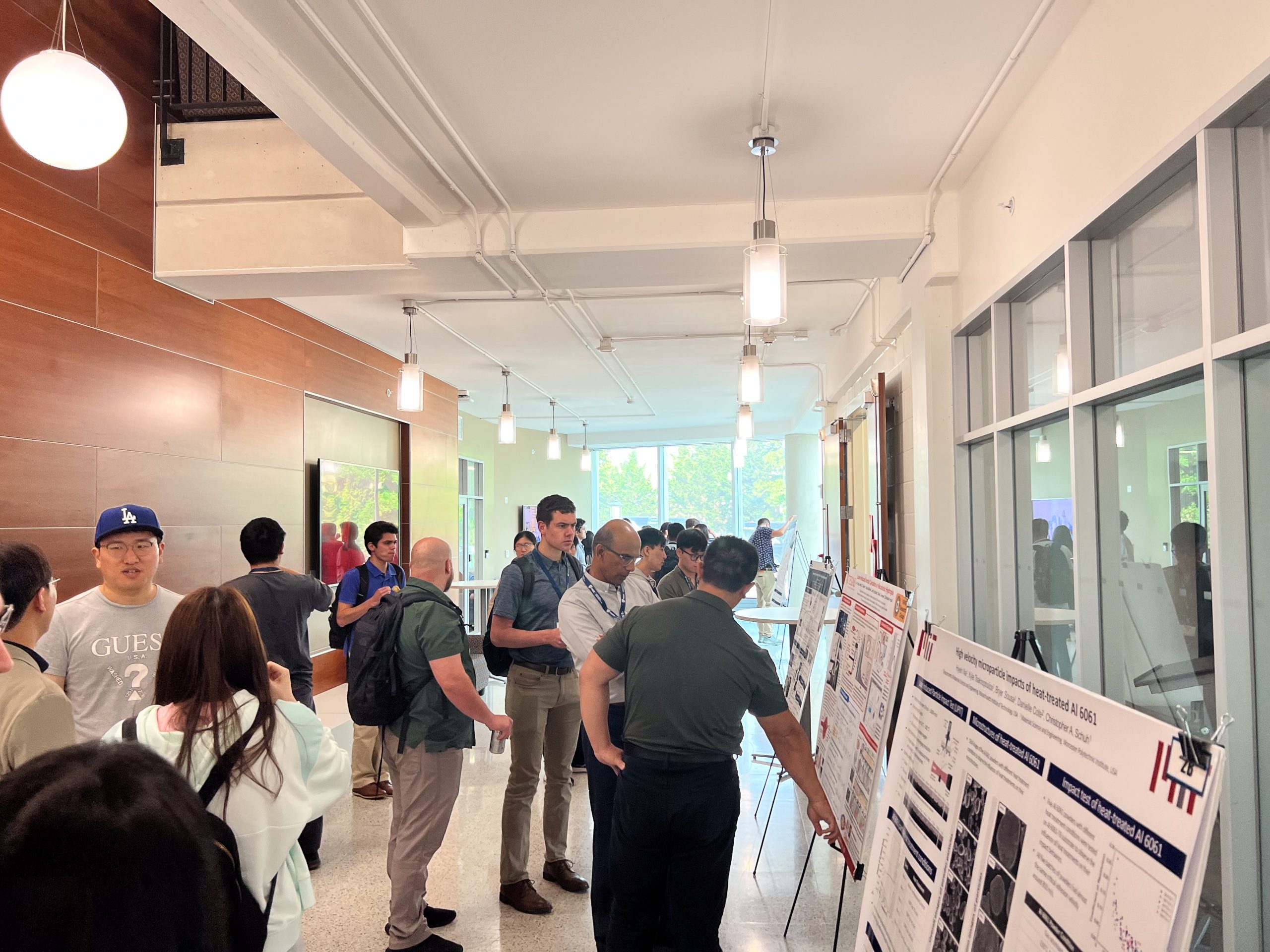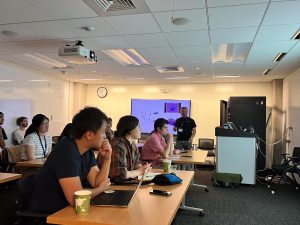 Impact research experiments are an important tool for materials scientists, geologists, engineers, and physicists working in planetary science, materials synthesis, and defense applications. Researchers today use a plethora of cutting-edge tools and methods to observe and analyze the effects of impacts on materials. However, learning how to use these tools is a critical first step for researchers hoping to utilize and understand the latest technology.
Impact research experiments are an important tool for materials scientists, geologists, engineers, and physicists working in planetary science, materials synthesis, and defense applications. Researchers today use a plethora of cutting-edge tools and methods to observe and analyze the effects of impacts on materials. However, learning how to use these tools is a critical first step for researchers hoping to utilize and understand the latest technology.
Last week, faculty and staff from the Hopkins Extreme Materials Institute (HEMI) and the Materials Science in Extreme Environments University Research Alliance (MSEE URA) hosted a five-day event exploring the theory and application of impact experiments utilizing gas guns, a type of instrument used to generate high-velocity impact conditions. The Impact Research Workshop and Short Course consisted of a three-day workshop and a two-day short course, culminating in the opportunity for short course participants to set up and execute a gas gun experiment in HEMI’s Hypervelocity Facility for Impact Research Experiments (HyFIRE).
The first three days featured numerous lecture-style presentations, poster sessions, and tours of the HyFIRE facility. Participants, including students, postdocs, national laboratory staff, and DoD program managers, had ample opportunities for networking between lectures.
Throughout the workshop, participants were treated to lectures and speeches from , each with extensive experience in the field of impact research. Topics included design of gas gun experiments, elastic and shock wave propagation, material-specific response to impact and shock loading, equations of state, and constitutive modeling.
The two-day short course emphasized a hands-on approach to learning. Participants, presented with a research objective, drew upon the knowledge they’d gained during the workshop to design two experiments using HyFIRE. They learned how to set up and synchronize diagnostics such as high-speed imaging and photon doppler velocimetry (PDV), execute an experiment, and analyze the data they collected.
Having access to tools like HyFIRE is of significant value for researchers, but these tools mean little if scientists do not know how to use them effectively. “With proper training, researchers can use impact research experiments to improve our understanding of material response to dynamic loading events in applications ranging from planetary science to defense,” said Ryan Hurley, assistant professor of mechanical engineering in the Whiting School of Engineering.
Hurley, a lead organizer of the event and a HEMI fellow, highlighted the importance of programs like this one. “Workshops and short courses like this support a critical need to educate and train the next generation of scientists and engineers,” he said.


